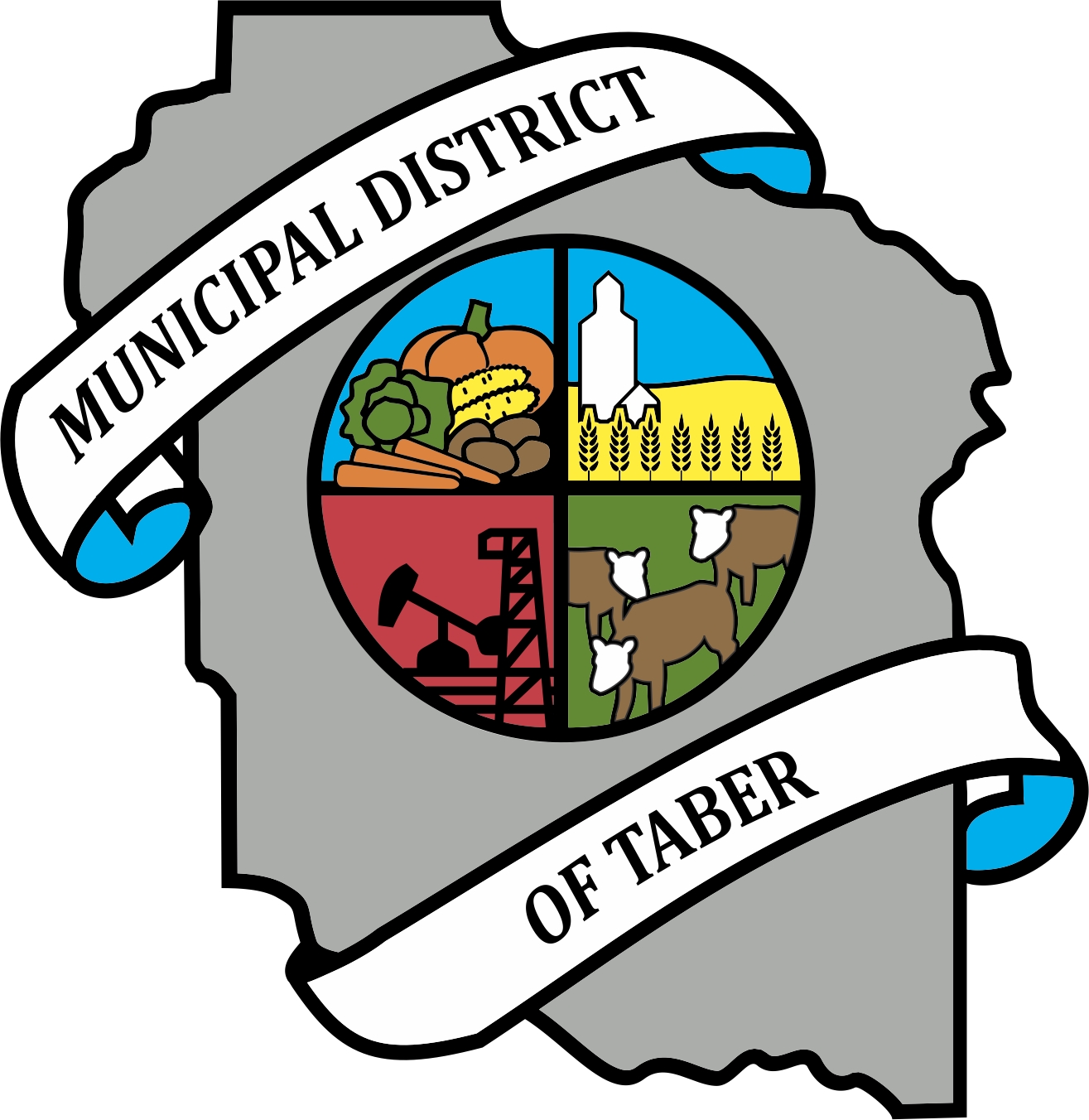Current Temperature
0.9°C
M.D. prepping dust suppression for the year
Posted on April 15, 2021 by Vauxhall Advance
By Cole Parkinson
Vauxhall Advance
cparkinson@tabertimes.com
Spring means the Municipal District of Taber is beginning to hit their roads to handle dust suppression.
With applications done both in the spring and fall, the M.D. has seen quite a bit of interest from residents in the previous several years.
Last year, there were some changes made to the dust control program administered by the M.D., including cost and the need for applicants to apply for both spring and fall applications.
In spring 2020, 135 applications were invoiced and while there were 88 in the fall, 2019 saw a total of 152 invoices.
In the memo presented to council during their regular meeting held March 23, administration recommended no changes to the program in 2021.
One concern councillors had heard from a few residents who applied for the program is the dust suppression wore off quickly.
“It seems we have people who say we did it, but a week later it wasn’t effective,” said Coun. Tamara Miyanaga.
Administration explained there were several reasons why it may not be effective for a long period of time for some, while others it would be.
“It’s definitely better to do it more frequently. The more of it that gets put on over the years, the further it soaks in and the more residual that is there,” explained Stu Weber, director of Public Works. “In certain areas where there’s lots of heavy truck traffic or we get rain at a certain time, there’s still some residual there. I’ve noticed that in places where this is the first or second application, it typically doesn’t last very long because it doesn’t get to soak in very far. Over time it builds up and it gets better.”
One councillor vouched the more it’s done, the better it works year over year.
“I know I’ve been doing it by my place for quite a few years and it’s really good now,” stated Coun. Murray Reynolds.
The cost for the application is $1.25 per line foot in both spring and fall with a minimum length of 120 metres. As far as costs for the M.D., administration explained last year was quite a bit cheaper than it was previously.
“In 2019, the M.D. paid about $367,000 for MG30, this is just for product, and we invoiced $130,000 of that. So the difference was about $236,000 the M.D. paid for dust control, just for the product. In 2020, the M.D. paid $270,000 for product and we invoiced about $190,000. So the difference on that was about $80,000. So, the M.D. paid about $80,000 last year, compared to $236,000 the year before,” said Weber.
Council also asked how many kilometres the M.D. would apply product to of their own roads to suppress dust.
Administration stated last year they did 14 kilometres in the spring and 11 kilometres in the fall.
In terms of high industry-used roads, administration also stated agreements have been worked out in order to keep the dust suppressed when there are lots of trucks on particular roads.
“A lot of it is, if we’re doing construction projects, part of the deal is we will take care of the dust control in front of the affected people’s places. On our haul roads coming out of our gravel pits, if we’ve got a main haul road a resident would see lots of dust, we hit those spots. The intersections — typically if there is a bit of a hill, an incline or just a really busy intersection where we find ourselves having to be there every week to deal with washboard, then we will entertain doing this to try to stabilize the intersection,” stated Weber. “Mostly it’s an operational need that drives it.”
The spring deadline to apply for the program is May 15. To sign up, visit http://www.mdtaber.ab.ca/p/dust-suppression.
Leave a Reply
You must be logged in to post a comment.

 Log In
Log In